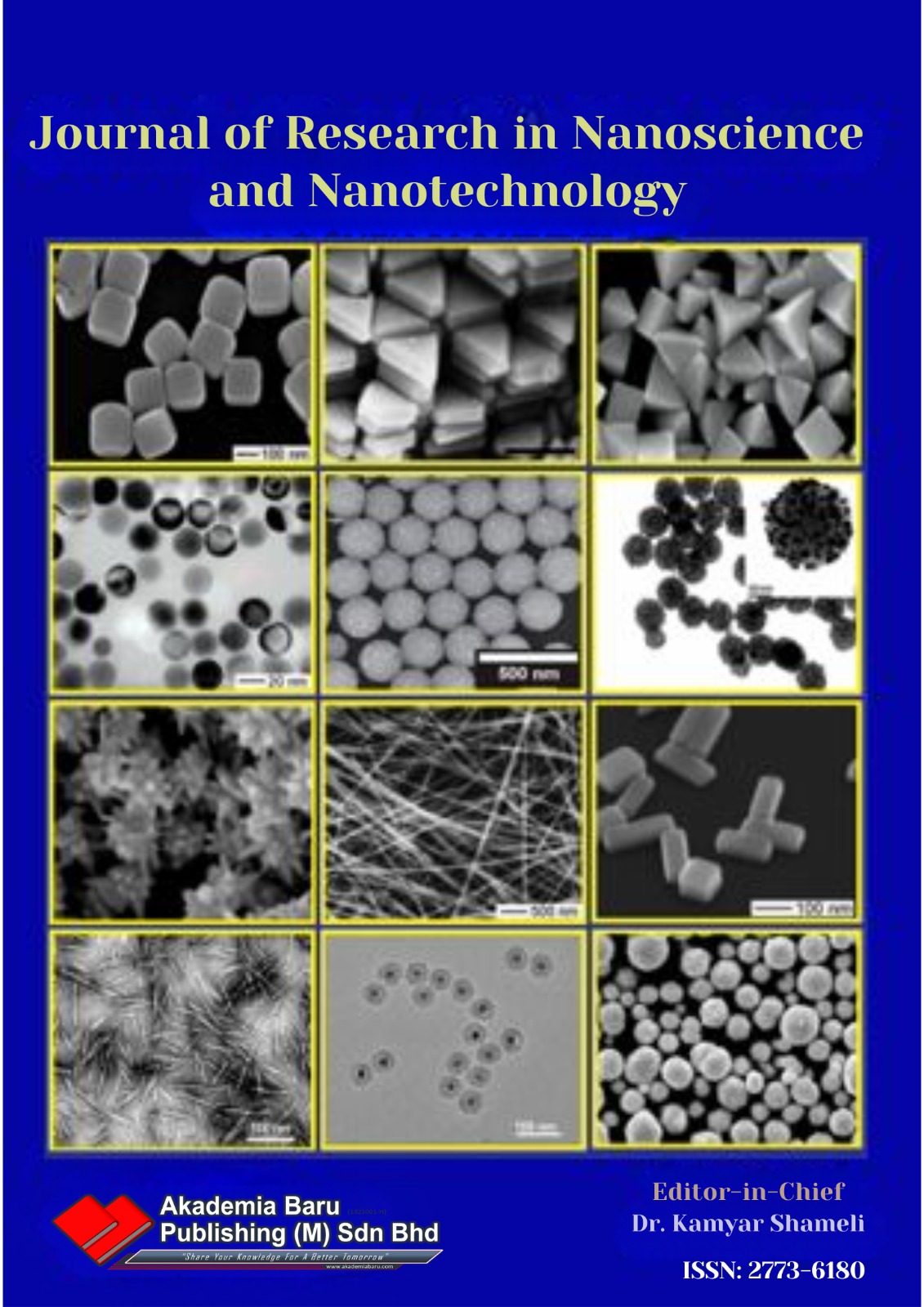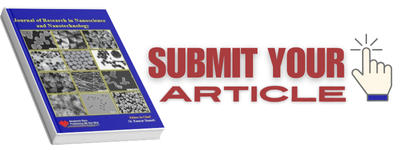Feasibility of Chitosan-based Nanoparticles for Gene Delivery Compared to Lipofectamine as a Common Transfection Reagent
DOI:
https://doi.org/10.37934/jrnn.13.1.122Keywords:
Chitosan nanoparticles, DNA delivery, Lipofectamine, Transfection reagents, CytotoxicityAbstract
This study optimizes chitosan nanoparticles (Cts-NPs) for nucleic acid delivery, examining the impact of varying tripolyphosphate (TPP) to Cts molar ratios on zeta-potential, size, and binding efficiency. The zeta-potential of the Cts solution decreased from +38.85 mV to -0.12 mV as TPP increased. Samples S3 and S4, with zeta-potentials of +28.76 and +13.11 mV, were optimal due to their efficiency and nucleic acid binding capability. UV-visible spectroscopy confirmed DNA binding to Cts-NPs, and FTIR analysis revealed successful DNA incorporation through electrostatic interactions and cross-linking, crucial for stability and controlled release. TEM analysis showed S3 had an average NP size of 8.79 ± 2.23 nm, indicating uniform, spherical particles. GFP expression in HepG2 and HEK293 cells assessed transfection efficiency, comparing Cts-DNA NPs with Lipofectamine 2000, which achieved over 70% efficiency versus less than 10% for Cts- DNA NPs. Comparing Lipofectamine 3000, Transfex, and Fugene, Lipofectamine 3000 showed the highest efficiency (over 70%) but high cytotoxicity, especially in HepG2 cells. Transfex showed moderate efficiency (~40%) and cytotoxicity, while Fugene had the lowest efficiency (<10%) but minimal cytotoxicity. In conclusion, S3 and S4 Cts-NPs balance size, charge, and efficiency for nucleic acid delivery, while Lipofectamine 3000 is highly effective but cytotoxic. Balancing efficiency and cytotoxicity are crucial for gene delivery systems.
Downloads















